
Travelling Seoul-o
Seoul is the perfect city to stroll and snack. Come for the fried chicken, stay for the tteokboki and kimchi dumplings.
Since moving to Australia, travelling solo is not something I do often. I’m either with my partner or travelling for work. But when this opportunity came into my inbox, I was 100% behind the chance to visit the capital city of South Korea.
Korea has a fascinating history that spans centuries. Its capital, Seoul, is a constant mix of old and new. Historic royal palaces sit next to futuristic skyscrapers, and tourists wearing hanboks rush across roads teeming with traffic. Everything feels carefully planned and thoughtfully executed, from automatic umbrella dryers to metal umbrella shades at pedestrian crossings.
It was a city that surprised me and one that really came to life at night. I never felt unsafe walking the neon-lit streets alone. In fact, my favourite spot in the city was an 11-kilometre riverside walkway, Cheonggyecheon Stream, that I literally stumbled across while exploring this eminently walkable capital. White herons fished while locals relaxed by the water, and tourists like myself admired the murals, crossed the stepping stones and read up on Korean history on the walls.
If you’re considering a new city to explore, forget Tokyo and Singapore and go to Korea instead. Here are my top spots if you’re visiting by yourself or for the first time.

Spring (April–June) and autumn (September–November) are considered the best times to visit as they are the driest months without being too warm. Whenever you go, make sure you trek up the N Seoul Tower to take stock of how massive Seoul is and how it sprawls out to the mountains. Don’t do what this editor did and wear jeans; it’s definitely a hike, not a stroll. Treat yourself to a Cass beer after the 30-minute hike in one of the bars and take in the 360-degree views.
Jetstar flies three times a week from Sydney to Seoul. From February 24, 2024, a new flight path between Brisbane and Seoul will open. The flight takes about ten hours from Sydney — and did you know there’s a Jetstar business class? Well, it turns out there is on selected flight routes (like the one to Seoul) and the service runs complete with meals, snacks, booze and entertainment. Keep an eye on its website for cracking deals.
If you like to stay amid the hustle and bustle while on a city break, stay in the heart of Seoul in Insa-dong. This historic district’s narrow cobblestone streets weave between quaint cafes and teahouses, wine bars, artisan shops and artist studios. At night, the main streets welcome street vendors, so you can tuck into some authentic bulgogi and tteokbokki.

Cash is king in Korea. While department stores and chain restaurants will take credit cards and paywave, if you are hoping to explore the city’s many markets, you will definitely need cash. Make life easy for yourself and get your money sorted before you arrive. There are no public bins, so keep your rubbish to yourself. Public drunkenness is not looked upon favourably. When you are out with friends, publicans will encourage you to eat a meal with your drink, and most provide snacks with your drinks.
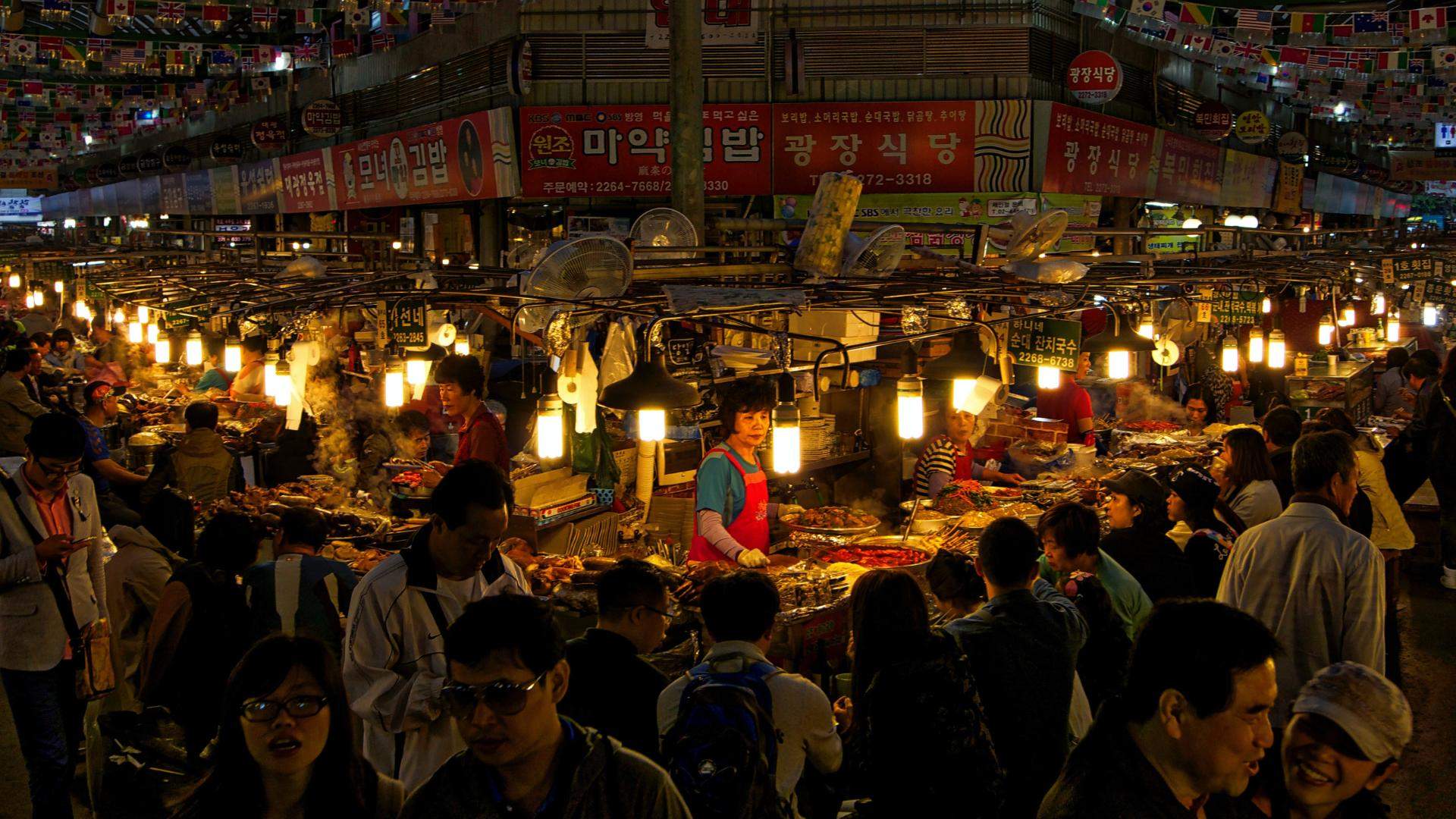
MARKETS AND SHOPPING
GWANGJANG MARKET
Made even more famous by Netflix’s Street Food Asia series, this market is known for its pork and kimchi dumplings, fresh knife-cut noodles soup and mung bean pancakes (bindaettok). One of the oldest and largest markets in the city, Gwangjang has lots for visitors to discover. From sweet and spicy tteokbokki, soy-marinated chilli crab, barrels of kimchi in various stages, and live octopus for the adventurous eaters in your party.
This bustling market is crammed with locals and tourists, and the stallholders aren’t overly pushy. Most offer the same kind of dishes, so if you miss one, you’ll find another a few stalls away. Bring cash with you to this market. There are very few ATMs in the area, and no one takes cards.
GYEONGDONG MARKET
This market is really for the locals. Here is where Seoul’s chefs buy their spices and produce in bulk. You’ll pass barrels and bags of dried and fresh chillies, various roots and spices, dried fish and mushrooms and a rainbow of fruits. The captivating smells are sure to give your olfactory senses a whirl. It’s also home to a secret Starbucks in a retrofitted cinema. You can organise a cooking class with a local chef at the cooking school upstairs to learn a classic Korean dish like japchae glass noodles and bibimbap to impress your mates back home.
MYEONGDONG SHOPPING DISTRICT
You really can’t go to Korea without shopping for skincare. Even myself, whose morning routine consists of washing my face with soap and then using SPF-included moisturiser (no doubt to the horror of all the K-beauty stars), was taken in by all the sheet masks, serums, scrubs, sunscreens, makeup and rich creams. Be sure to leave room in your suitcase because it’s definitely worth it for the quality and the price compared to Australia.
At 4pm the shopping district makes way for the stalls of the night market. This is the more touristy set-up compared to Gwangjang. Sample egg cheese on sweet bread, flame-grilled lobster with cheese and sticky fried chicken while weaving your way through shoppers on the neon-lit streets.
COEX MALL
The stylish district of Gangnam is home to the massive underground COEX Mall, complete with an aquarium and the stunning Starfield Library with floor-to-ceiling shelves of books. You will be jostling with other students and tourists, trying to snap the perfect shot of your companions coming down the escalator, but for anyone who dreams of their own library, this spot is not one to miss.
There are plenty of titles in Korean and English and a couple of cafes on site as well, so you can take a minute to chill while you ‘read,’ AKA people watch. Outside, make sure you do the obligatory ‘Gangnam Style’ dance underneath the massive wrists. Press the button on the statue, and the music from the record-breaking Psy music video will play.


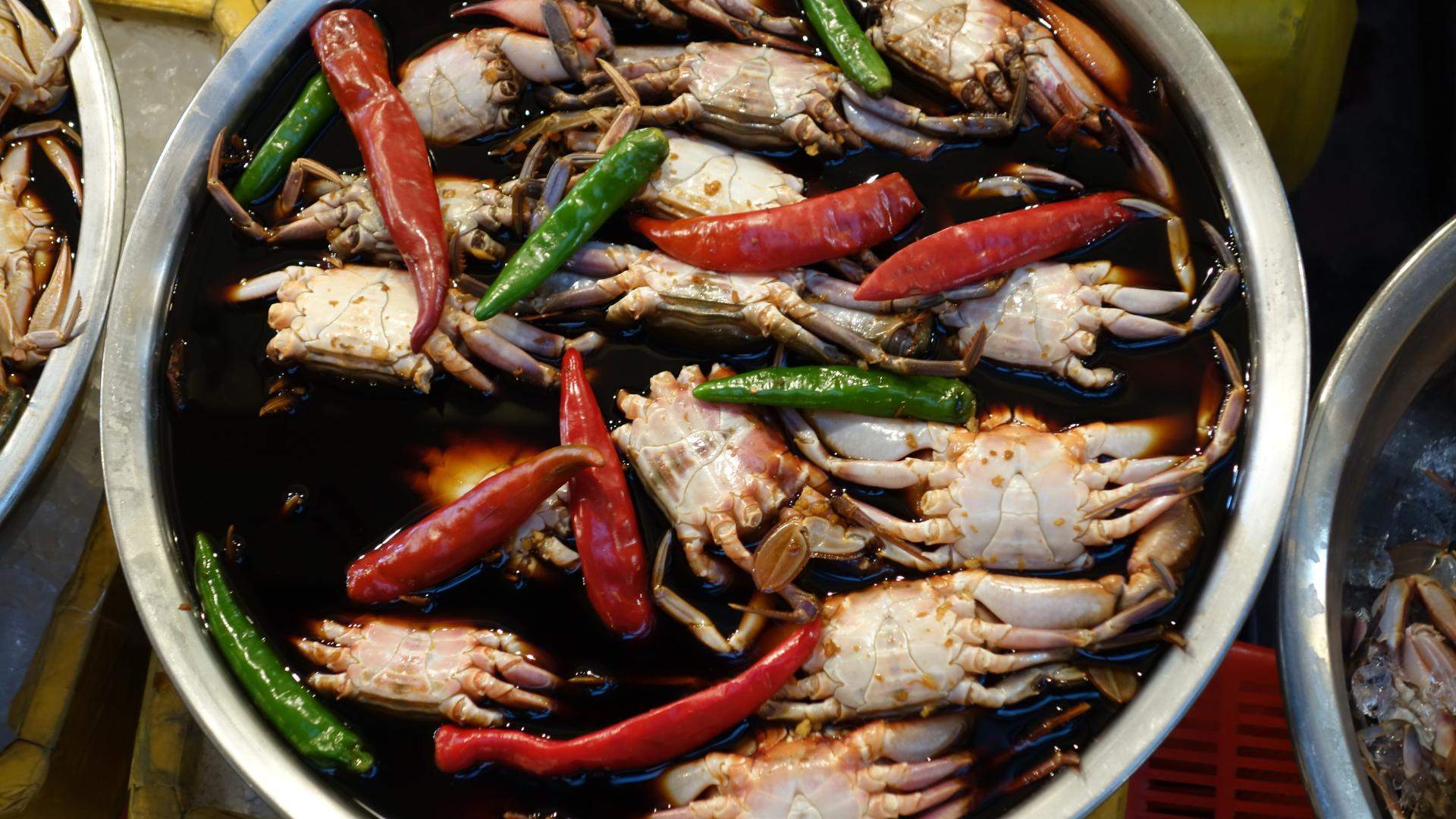
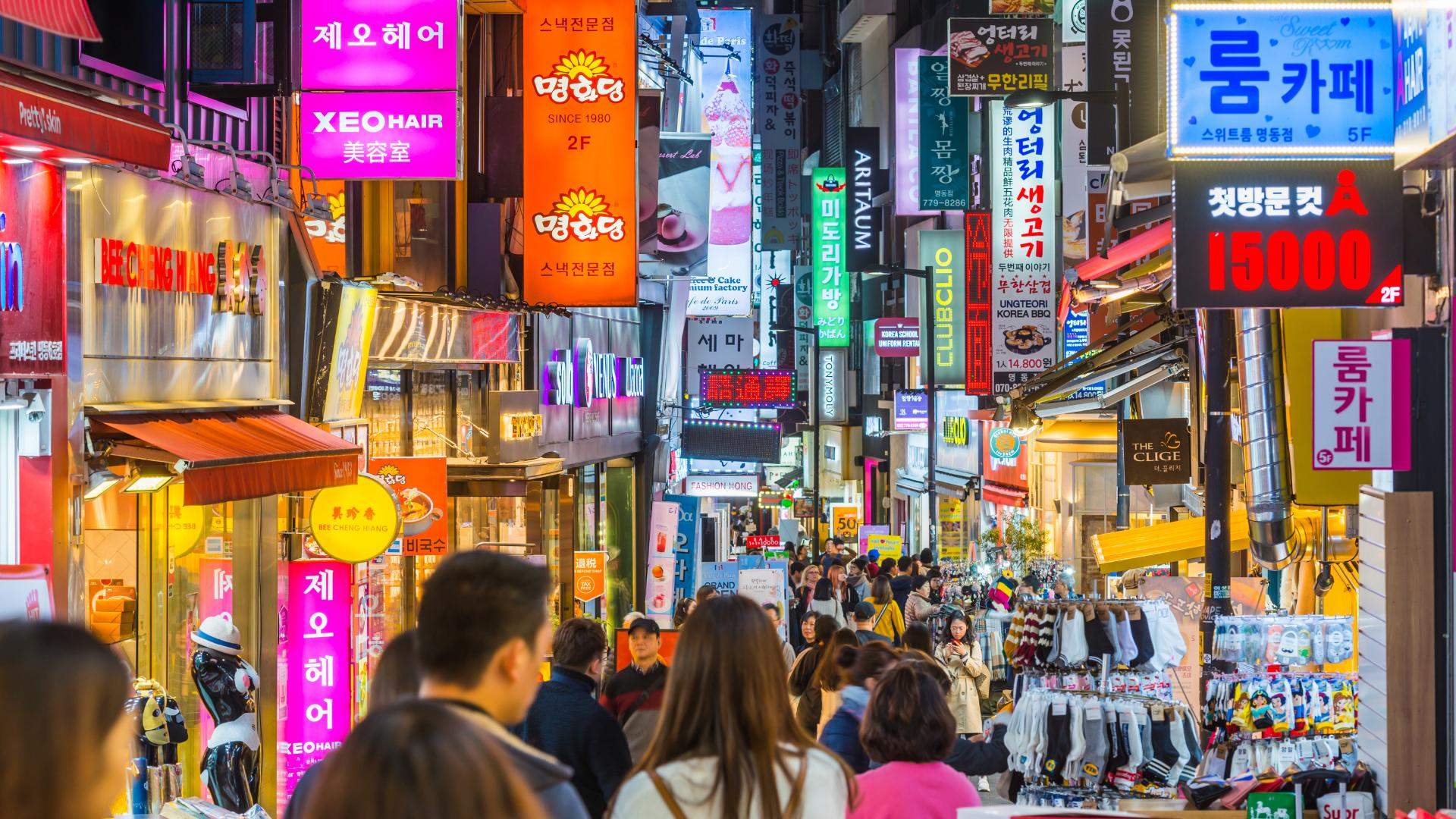

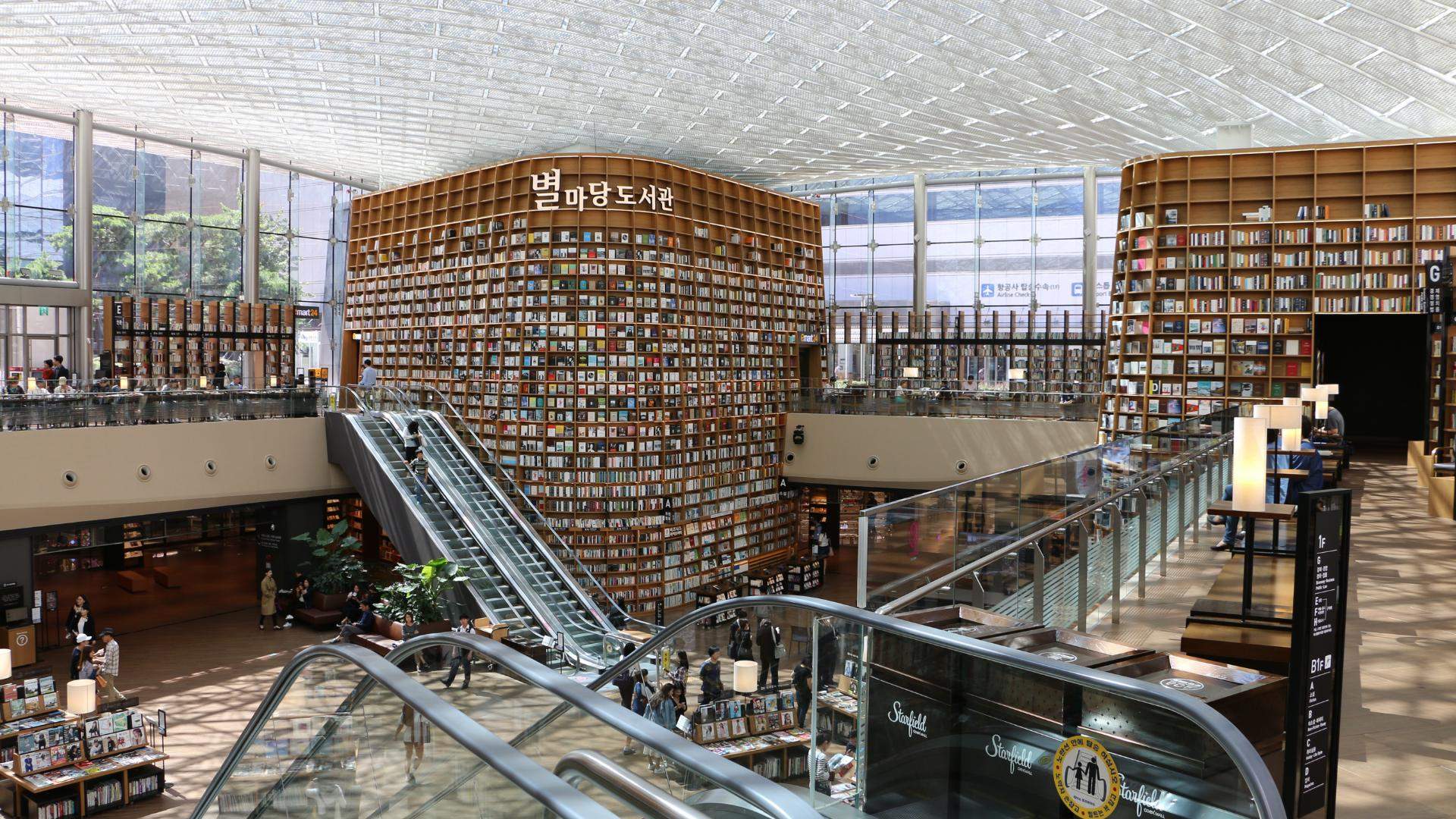

HISTORY AND CULTURE
ROYAL PALACES
Seoul is home to five royal palaces built during the Joseon Dynasty (1392–1910): Gyeongbokgung Palace (the largest and one I visited), Changdeokgung Palace, Changgyeonggung Palace, Deoksugung Palace and Gyeonghuigung Palace.
To encourage visitation, the Koreans have come up with an ingenious tourist plan. If you don a traditional hanbok from one of the many rental places surrounding the biggest palaces, you can enter the palaces and their adjoining museums for free or at a discount.
The traditional outfit is worn for special occasions and features eye-catching sparkling embroidery and patterns. The women’s or female-presenting version consists of a large hoop skirt (chima) and wrap top — not as comfortable as it looks — and the men’s or male-presenting version features loose pants and jacket (jeogori). You can add embellishments to your outfit, like bead clips and ribbons in your hair, handbags and matching hats.
NAMI ISLAND
Namiseom, or Nami Island, is almost a country onto itself, literally. Dubbed the Naminara Republic, it is a self-declared “micronation”. The privately owned island is the setting for the Korean drama The Winter Sonata and is a popular spot for snapping the perfect Instagram post of dreamy tree-lined streets and the herds of ostriches, peacocks and numerous cute little critters like rabbits and squirrels. For the adventurous among you, go for the zip-line to the island. It will be over in seconds, but the views are literally next-level, and the adrenaline rush is exquisite.
DMZ
The most surreal part of the trip to Seoul was undoubtedly going to the Korean Demilitarised Zone (DMZ), currently controlled by the United Nations (UN). Book a day trip with a company like Klook, who will pick you up from the city and take you on the hour-and-a-half drive north. On the way, your tour guide will give you a rundown on Korean history, including the most recent Korean War, which, not-so-fun-fact, is still technically happening. When the war broke out between the two now separate nations, families were torn apart, and most never saw one another again. There are many memorials for those who were lost during the war, and in fact, back in the 60s, there was a national reality TV show to reunite relatives.
En route, your tour will stop off at numerous important cultural sites in the DMZ, including the Freedom Bridge — the bridge where prisoners of war were exchanged (no longer in its original location). On a clear day, you can see right across to North Korea. From the viewing platform, you can see the flags that prompted the longest non-violent war in recorded history: Peace Village (or Propaganda Village as it’s more commonly known), a fake town built 4-kilometres from the DMZ to prove that Koreans in the north were not being persecuted and were living normal lives; North Koreans tilling the fields or cycling on bikes and in the far distance a sign on a mountain — not unlike the famous Hollywood sign in Los Angeles — that reads ‘My Country is Great’, — but, if you have to say it…maybe it’s not?
One surreal stop was the Third Tunnel, known as The Third Tunnel of Aggression. Although North Korea and South Korea are currently in a prolonged ceasefire, that does not stop North Korea from some…less than ceasefire-y activities. South Koreans uncovered three (of reportedly 15) tunnels dug from North Korea in the direction of Seoul. This is one of those tunnels. You can walk down the tunnel and be within 140 feet of North Korea. However, you should not attempt it if you don’t like to crouch, as the ceilings are very low and the walk back up is quite steep.
If you (and your back) make it down, you can take note of the fake coal dust on the ceilings (the cover for building the tunnel) and the markings left behind from dynamite when the tunnel was being dug. The South Koreans have blocked the Military Demarcation Line (where the DMZ ends) inside the tunnel with three concrete barricades. Visitors can walk as far as the third barricade, and the second barricade is visible through a small window in the third. A floodlight blasts in between those two barricades 24/7. That, coupled with the moist atmosphere, has caused ferns to sprout and a mini-garden to grow between the two warring countries. There’s a poignant message in there somewhere about how even in the darkest places, there’s the possibility of life and potentially a future peace.
Before you head back to Seoul, your tour will stop at a market for you to pick up snacks and souvenirs. Surprisingly, many people do live in the tax-free area of the DMZ. These people mostly farm and sell soya beans. Be sure to try DMZ soya-bean ice cream — akin to peanut butter ice cream, creamy and nutty with some earthy undertones — and chocolate-covered beans (I brought home two bags).
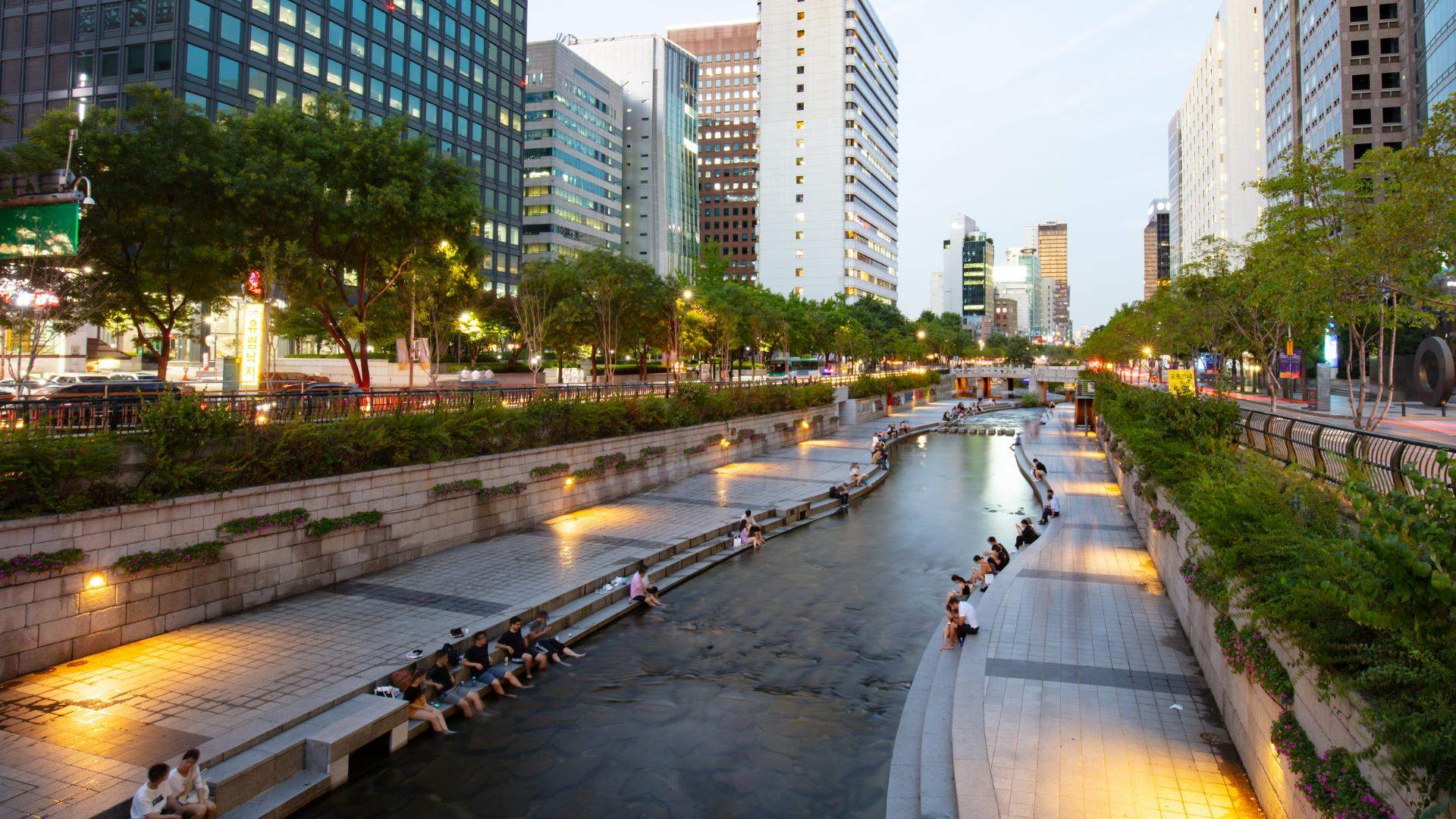
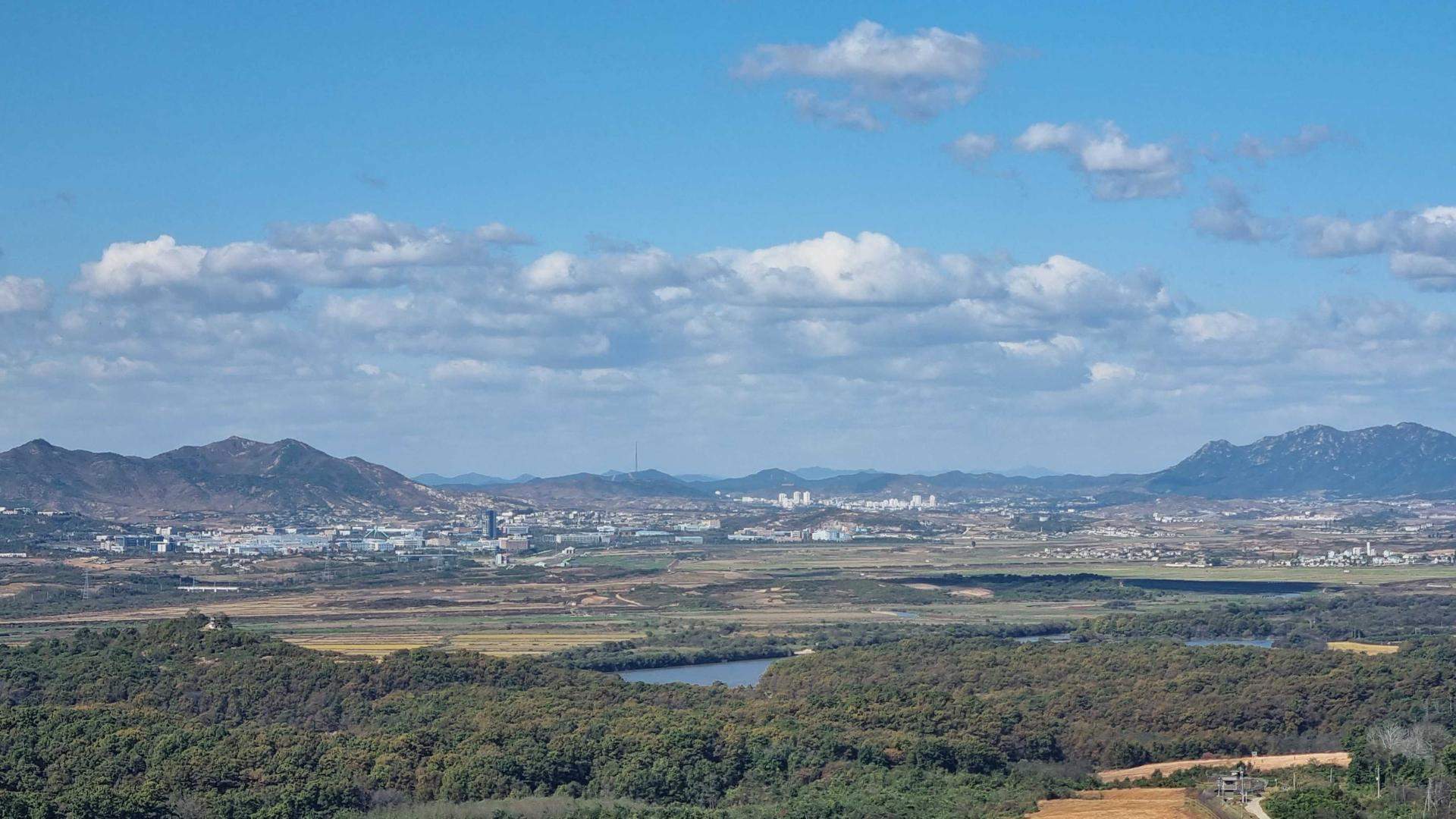
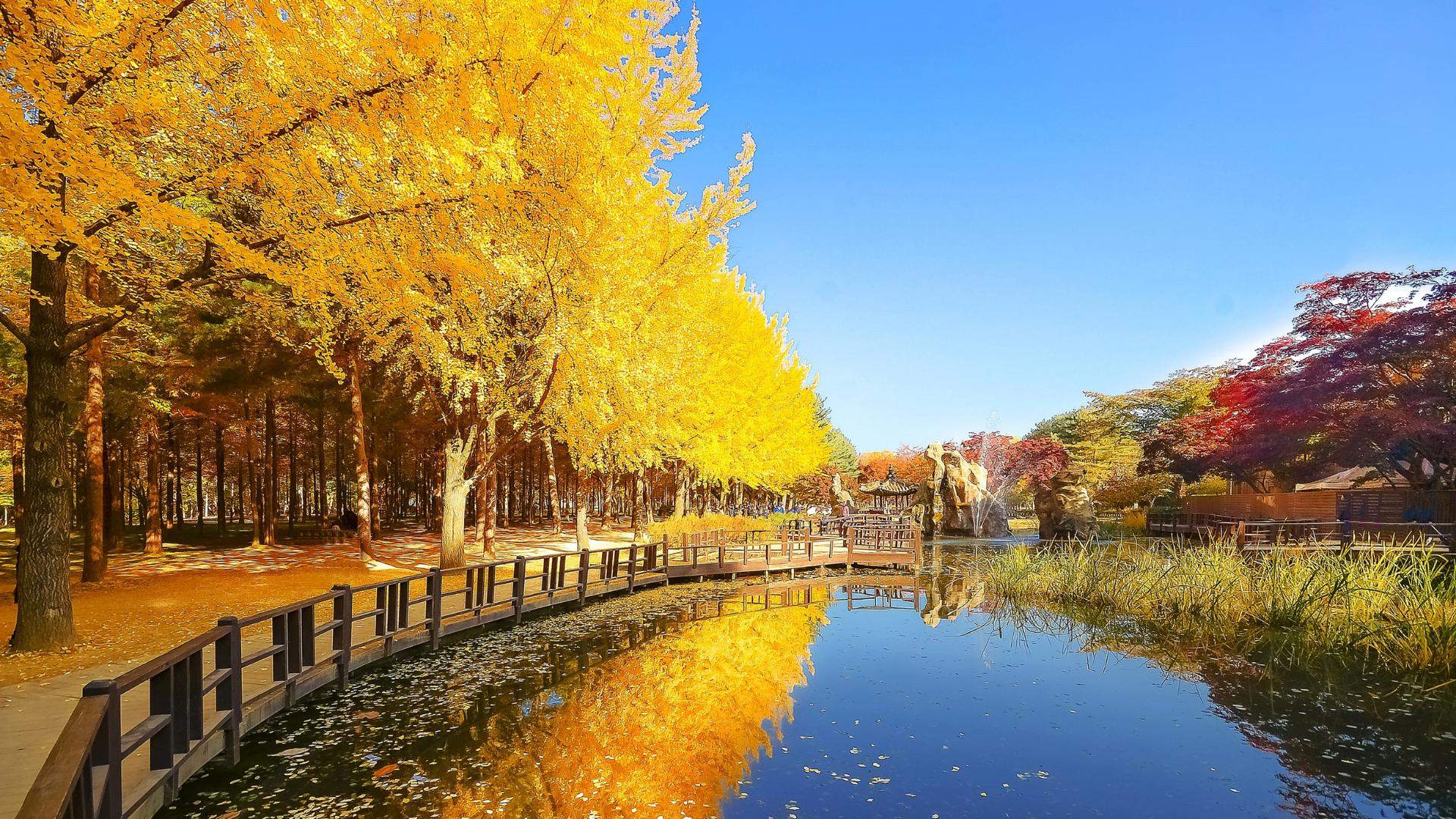
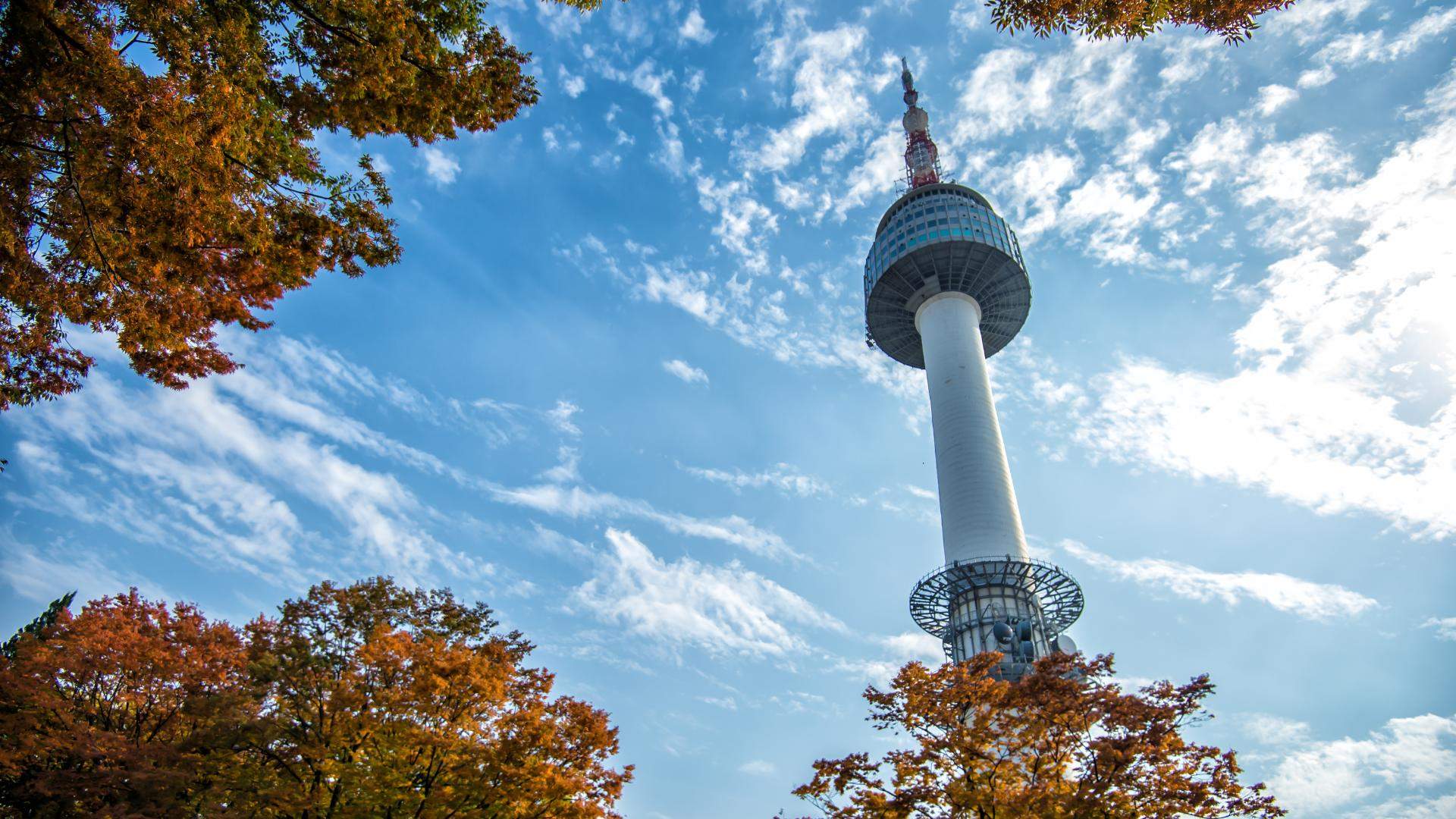
Concrete Playground travelled to Seoul and stayed at Moxy Seoul Insadong as a guest of Jetstar.